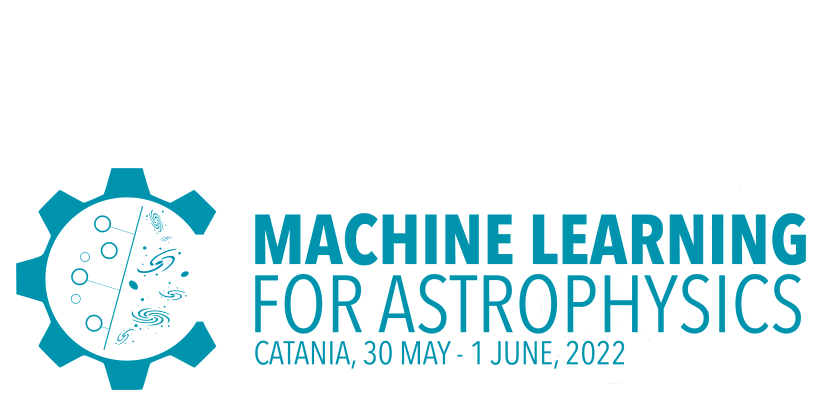Speaker
Description
It is common that a binary system can report during observation some kind of variability. It may be caused by changing the actual luminosity of the observed object or due to changes in light that can reach the detector by blocking the source. Such variations have been observed in nova outbursts. Novae occur in interacting binaries where matter is accumulated from a companion star to the surface of a white dwarf. After a critical amount is reached, the accumulated hydrogen-rich envelope expands. Both, intrinsic changes in luminosity and/or occultations are present. By creating a light curve and then a periodogram from the detected signal, it is possible to determine the significance of certain frequencies as well as their character. A very decisive factor is the nature of the detected variability, e.g. whether the frequency is variable or stable. We performed multiple simulations of light curves with different types of variability based on XMM-Newton observations of binaries Cal 83 and KT Eri. Both systems were discussed as probably variable in frequency. Next, we created their dynamic power spectra (DPS). Using the AlexNet convolutional neural network (CNN) algorithm and training it on the created DPSs we try to find out, whether it is possible to distinguish between variability in amplitude and variability in frequency. Trained CNN based on Cal 83 reports 92% accuracy and the system was classified as variable in both, frequency and amplitude with a probability of 99.97%. On the other hand, CNN trained on KT Eri reports only 47% accuracy, and the system was classified as variable in frequency with also 48.91% variability in amplitude. The cause of such a difference in accuracy is discussed.
| Main Topic | Time series analysis, transients |
|---|---|
| Participation mode | In person |

